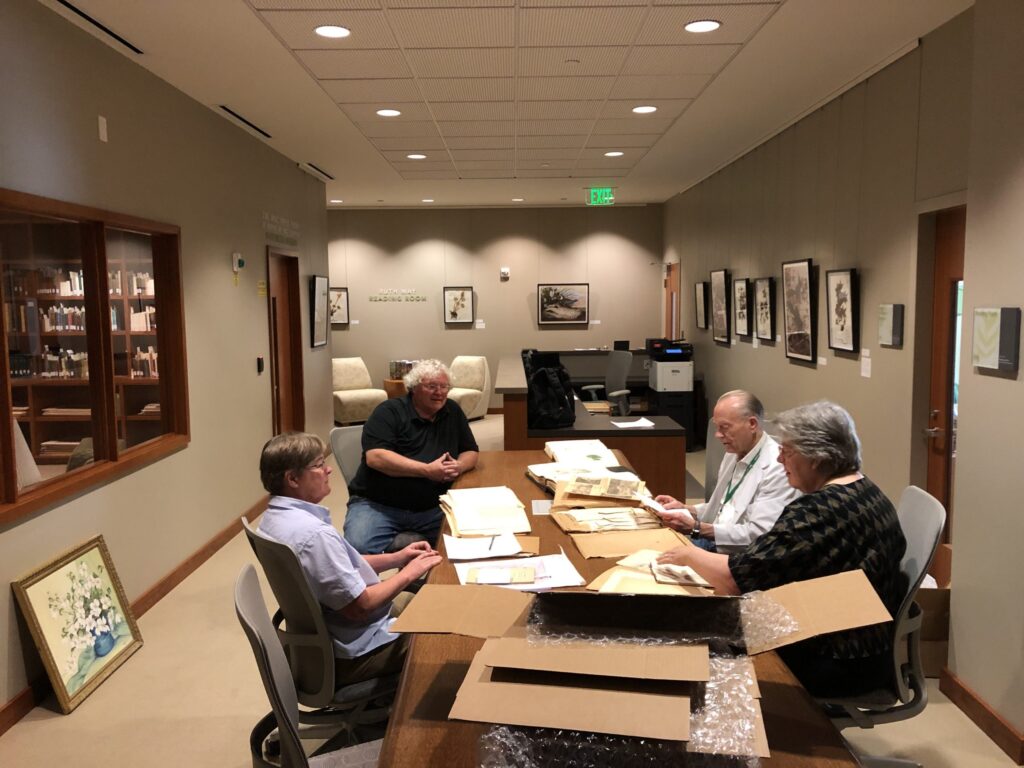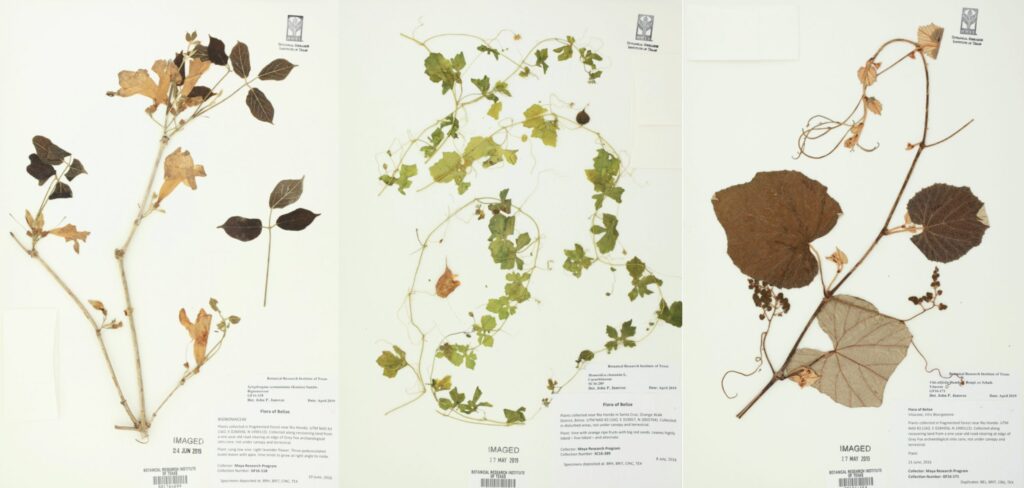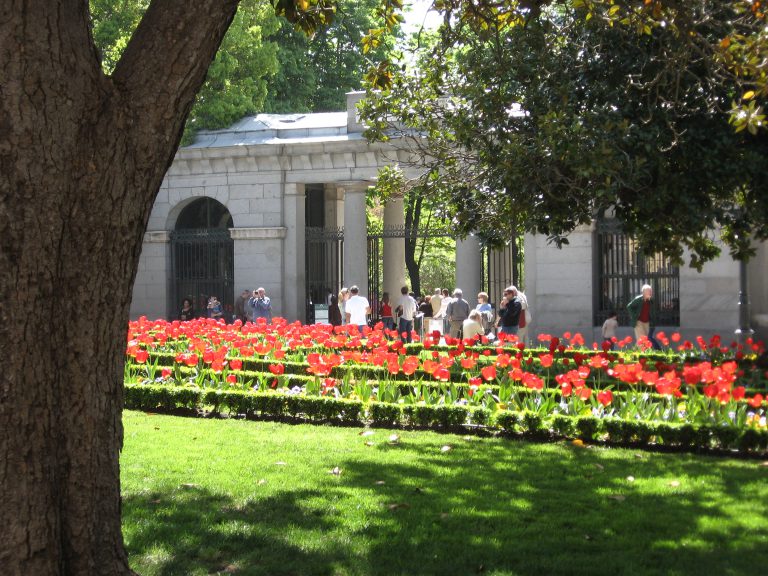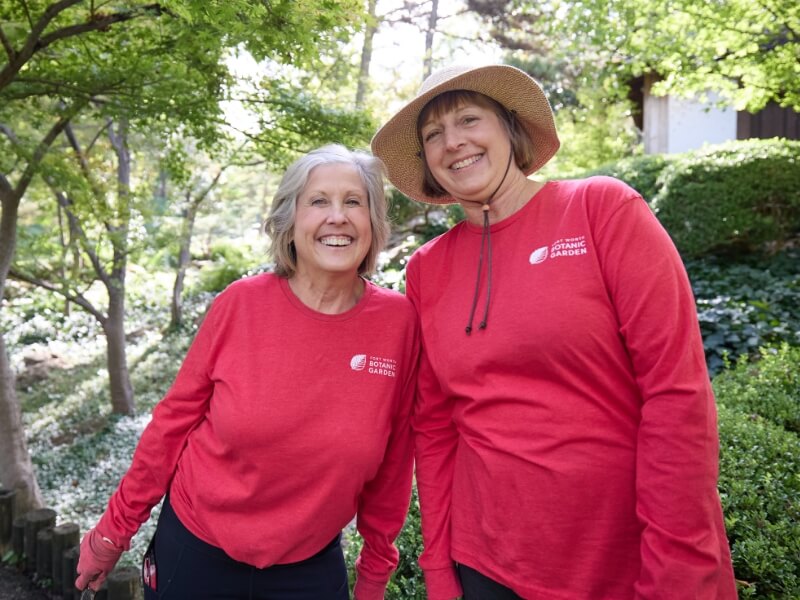FWBG | BRIT Research Teams Awarded More Than $1.95M for Plant Exploration at Home and Abroad
Last December, two BRIT botanists and their teams of colleagues were awarded separate grants from the National Science Foundation’s Systematics & Biodiversity Science Program for a combined total of $1,950,000.
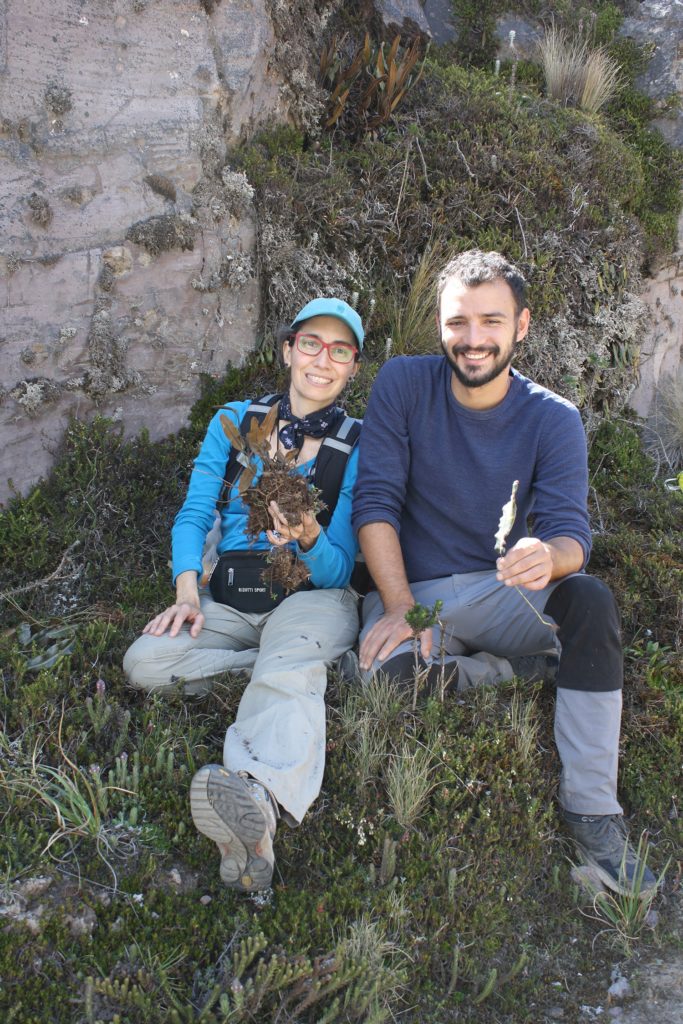
Dr. Alejandra Vasco, a fern expert, and her team of colleagues will receive $1.1M over four years to support the project “Accelerating Lineage Discovery to Document Neotropical Fern Diversity.” Beginning in late summer of this year, the team will study the diversity of ferns in Colombia, one of the most species-rich countries on Earth. Working with two graduate students and more than a dozen undergraduates, Dr. Vasco and her colleagues Dr. Weston Testo (BRIT Research Associate) and Dr. Michael Sundue (University of Vermont) will conduct surveys in remote parts of the country that so far have been poorly explored by scientists, and will also study specimens of ferns in museum collections. The group anticipates describing many new species and will document and share their findings in an online Ferns of Colombia database and a series of educational videos, which will be freely accessible to the public and anyone interested in learning more about ferns. “I’m excited to explore these lesser known corners of my home country,” Dr. Vasco said. “There is so much still left to learn about the diversity of plants on Earth. Understanding this diversity is urgent because it forms the basis of conservation planning efforts.” Dr. Vasco grew up in Medellín, Colombia, and received a PhD from The New York Botanical Garden and The City University of New York. Before joining BRIT in 2017, Vasco was a postdoctoral research associate at New York Botanical Garden, and an Assistant Professor at National Autonomous University of Mexico (UNAM) in Mexico City.
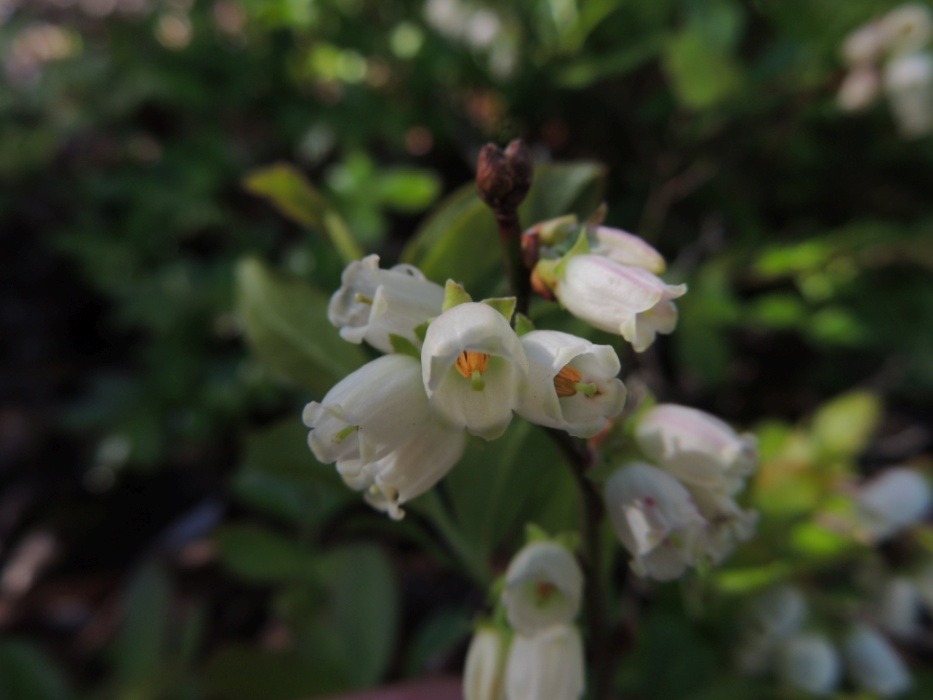
The second of the two newly funded projects involves BRIT Vice President of Research and Director of the Herbarium Dr. Peter Fritsch. Fritsch and colleagues from Duke and North Carolina State universities will receive $785,115 over three years to study North American blueberries. Despite being intensively studied by agronomists because of their economic importance as a food crop, these blueberries still have an uncertain evolutionary history. “We don’t even have a clear picture of how many wild species there are or how all the species differ from one another,” says Fritsch. This study will provide a thorough assessment of blueberry species boundaries and diversity by accounting for evolutionary history, which in turn will benefit other areas of study, such as blueberry breeding, that rely on the accurate identification of species. “Blueberries are a rare example of domesticated woody species with origins in the US,” Fritsch says. “The origins and relationships of the naturally occurring species of blueberries have been thought to be complex, involving genome duplication and intermixing. With the advent of high-throughput DNA sequencing and other advances we can address this complex system in ways not previously available to us.” The project, “An investigation of the evolution and taxonomy of the true blueberries (Vaccinium section Cyanococcus),” officially began in December of 2020. Dr. Fritsch received his PhD from Rancho Santa Ana Botanic Garden and Claremont University and was a postdoctoral fellow at Duke University. Before coming to BRIT in 2015, Fritsch was a Curator of Botany at the California Academy of Sciences. He is currently working on other NSF-funded projects related to plant exploration in the Southern Philippines and China.
